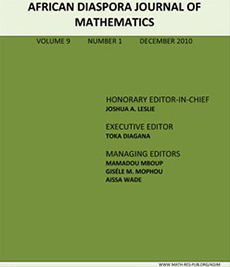Review of Habitat Displacement on Animal Social Behaviour
Abstract
Habitat displacement, a form of environmental change, significantly impacts animal social behavior,particularly in species reliant on stable, contiguous environments for social interactions and structures. As habitats are disrupted or segmented by human activities such as urban development, agriculture, and infrastructure projects, animals are forced to adapt to new spatial constraints, often with profound consequences for their social dynamics. This review examines how habitat displacement affects various aspects of animal social behavior, including group cohesion, mating systems, communication, and hierarchical structures.Evidence suggests that displacement can lead to increased territorial disputes as animals compete for reduced resources in confined spaces. In some species, such as certain primates and carnivores, this results in altered group dynamics and increased aggression. Conversely, social structures can become more fluid as traditional territories and roles become untenable. Mating behaviors are also affected, with some species exhibiting decreased reproductive rates due to stress and reduced opportunities for interaction.displacement often necessitates changes in communication strategies. Animals may alter their vocalizations or develop new signals to adapt to the altered acoustic landscapes and increased proximity to other groups. This adaptation can be critical for maintaining social cohesion and coordinating activities within fragmented habitats.
Downloads
Published
How to Cite
Issue
Section
License
Copyright (c) 2022 African Diaspora Journal of Mathematics ISSN: 1539-854X, Multidisciplinary UGC CARE GROUP I

This work is licensed under a Creative Commons Attribution-NonCommercial-NoDerivatives 4.0 International License.




